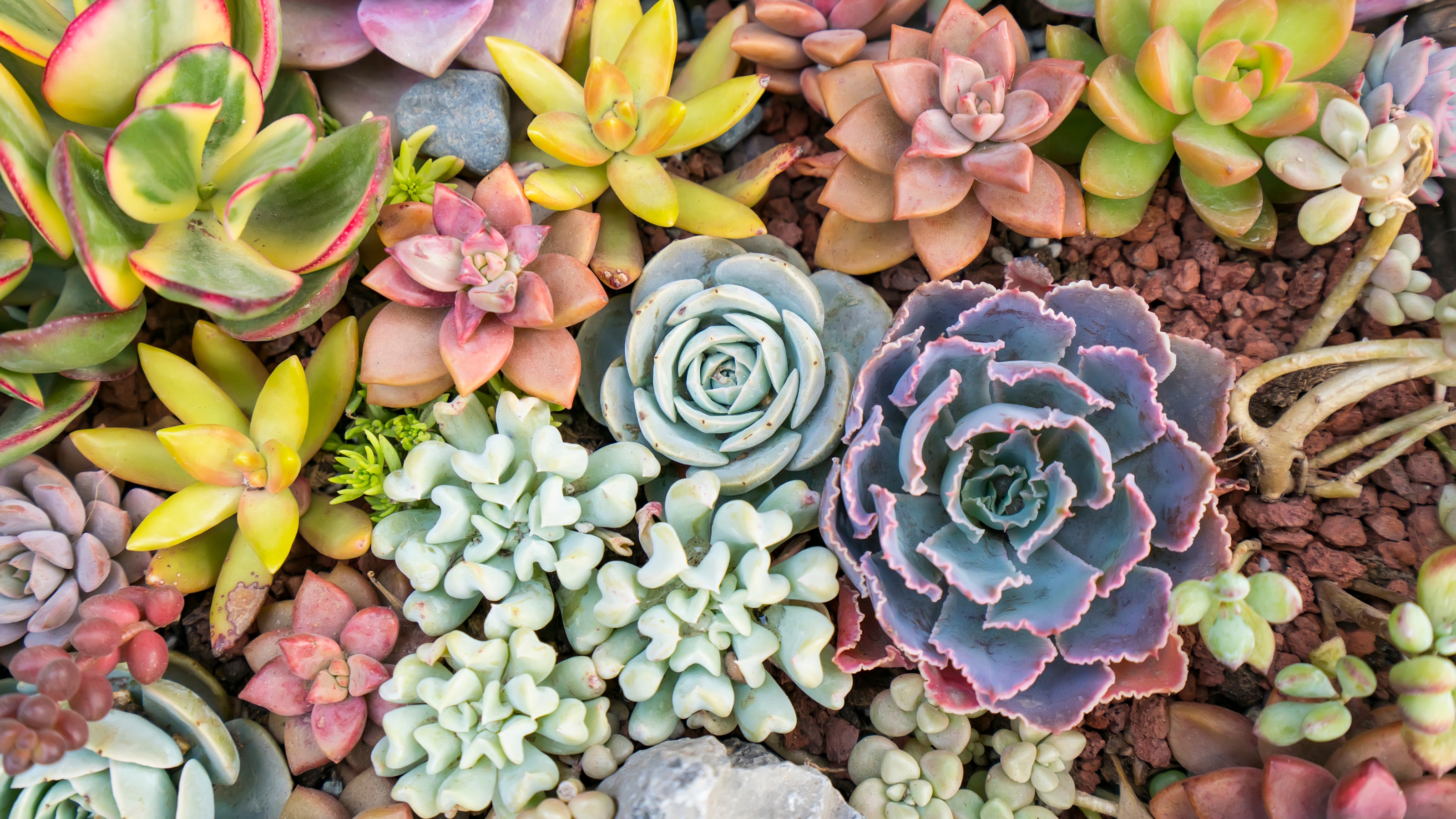
If you're a beginner when it comes to plant care, see how often to water succulents to keep them happy and healthy.
These low-maintenance plants are great for newbies as they don't require a lot of care. But that's not to say they should be neglected. It's important to water succulents regularly.
We asked the experts how to give succulents just enough TLC so they're hydrated but not over-watered. As some of the best indoor plants, you'll want to maintain your succulents the right way.
How often to water succulents, according to the pros
Succulents are pretty easy house plants but your watering schedule may depend on a few things. If the conditions indoors are very warm and dry, succulents may require watering more frequently. If it's a bit colder and more damp, water less often.
Generally speaking, you should water succulents roughly every other week. Although you may find yours only requires water every two to three weeks.
In the winter you should reduce this down to about once a month.
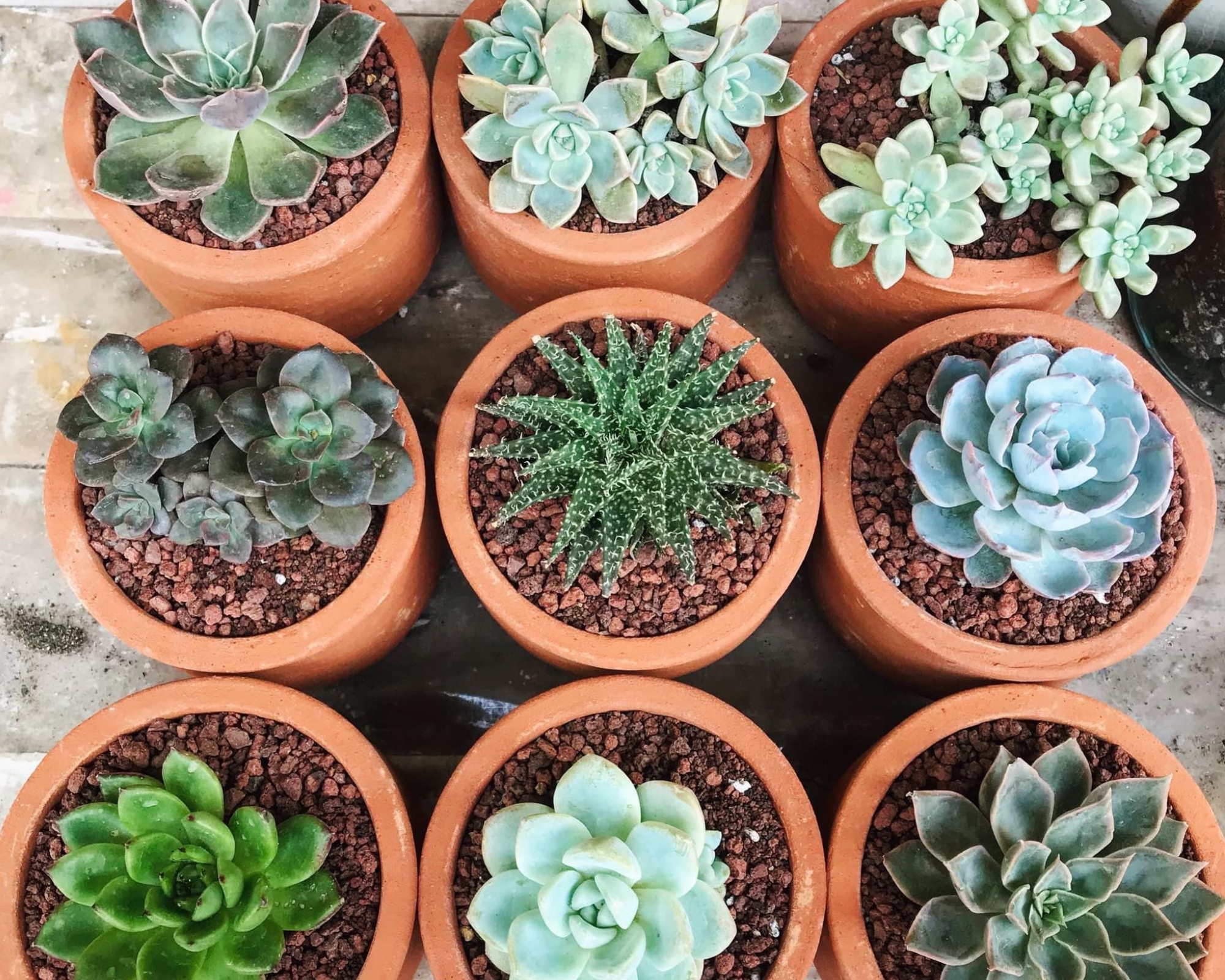
How to tell if succulents need water
If you're unsure if your succulents need water, you can use a tool like this GROWIT Soil Water Monitor for Plants on Amazon to check. Look out for common signs a plant needs water like brown leaves and dry soil. Some succulents show obvious signs of dehydration and it may be obvious how often to water a jade plant.
"Keep an eye out for leaves that start to shrivel or lose their plumpness. Another sign is if the soil has been dry for a while, so always check the soil before watering to avoid overdoing it," says Bryan Clayton, CEO and co-founder at Green Pal.
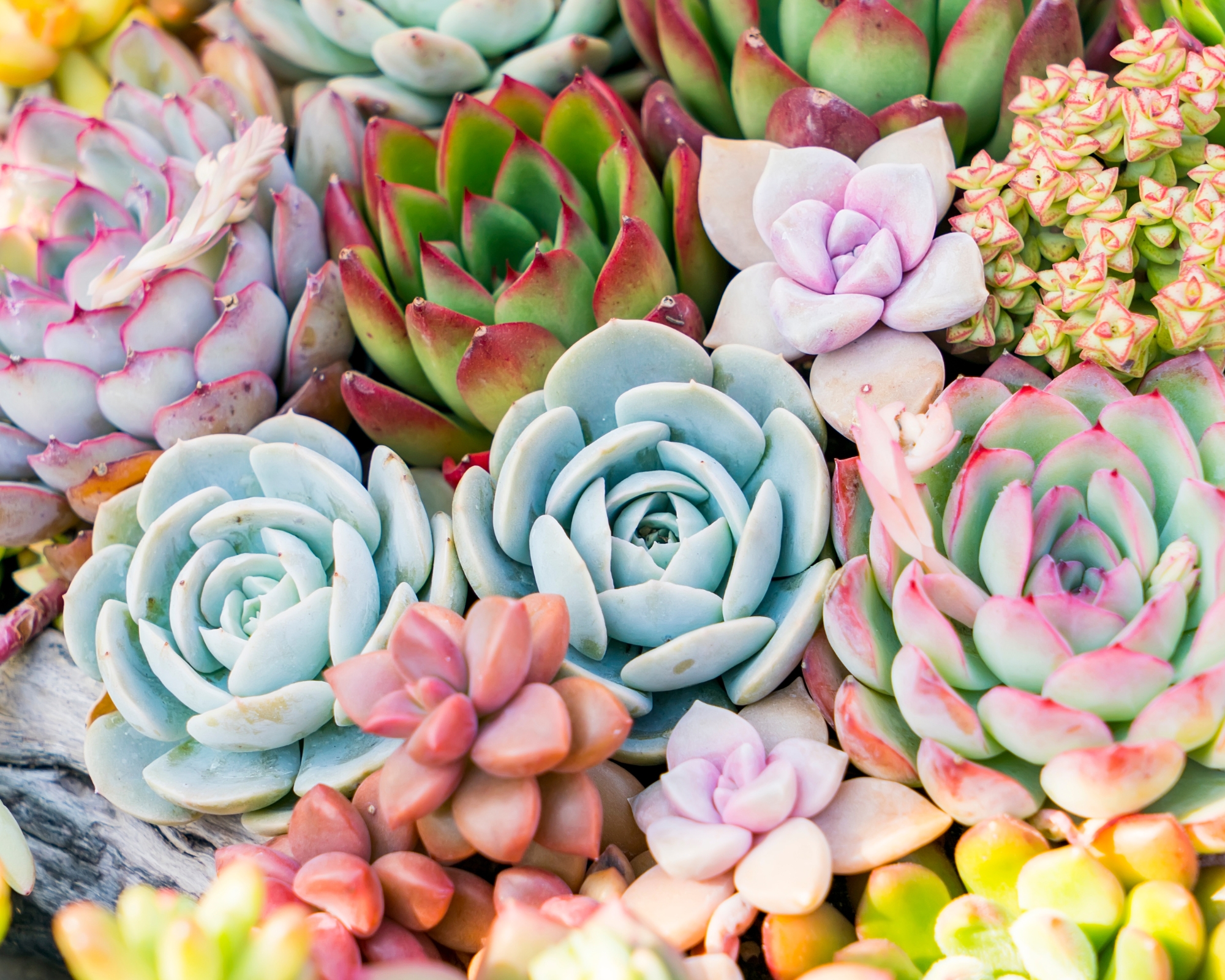
How much water do succulents need
Many plant enthusiasts recommend the "soak and dry" method. This requires a lot of water, soaking the plant entirely, and then waiting a couple of weeks for the soil to dry out completely before watering again.
If you prefer to water yours more gradually, a self-watering planter may be a good solution. Just make sure you're not leaving a succulent in standing water as this may be harmful. Overwatering can be just as bad for succulents as dehydration.
"Look out for brown spots, as they can be a sign of overwatering or fungal disease. If the problem persists, remove any affected leaves with a sterile knife and consider treating the plant with a fungicide recommended for succulents," says Bryan.
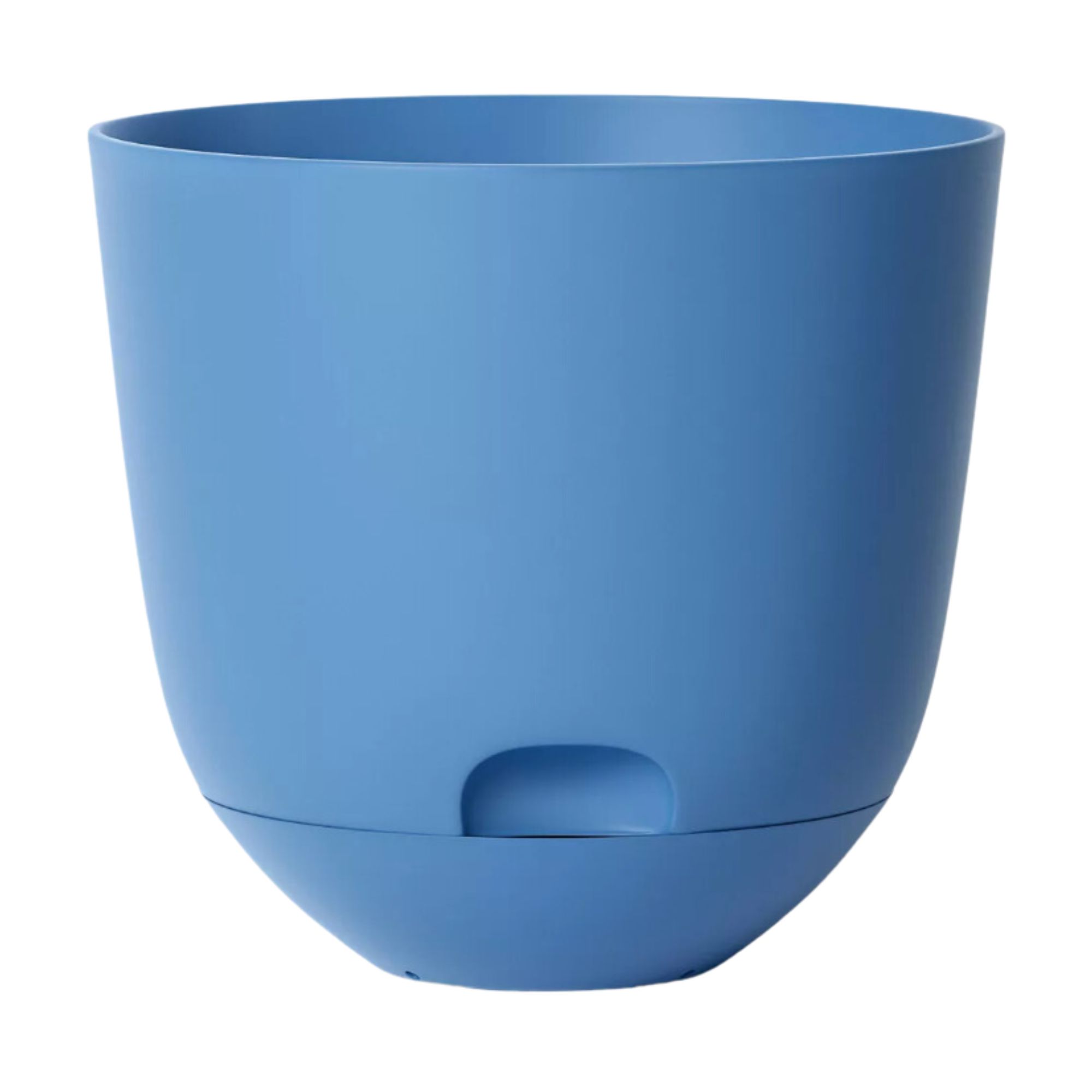
Price: $8
One of Target's best sellers, this self-watering pot features a built-in tray. But be sure to keep an eye on the water pooling to avoid attracting pests and resulting in you having to learn how to get rid of gnats.
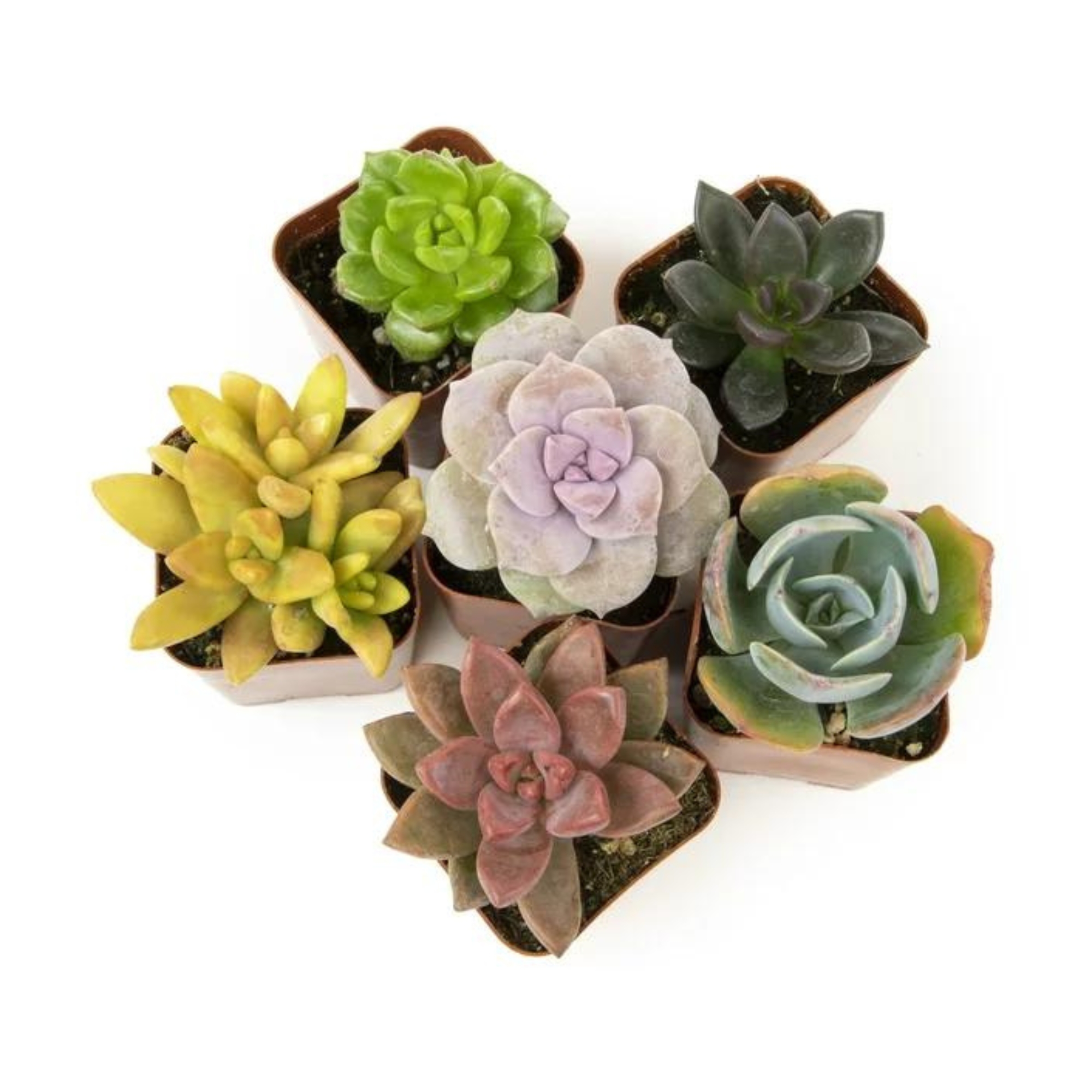
Price: $14.64
Looking to start your own succulent garden? Get some major bang for your buck with this pack of six succulents in various sizes and colors.
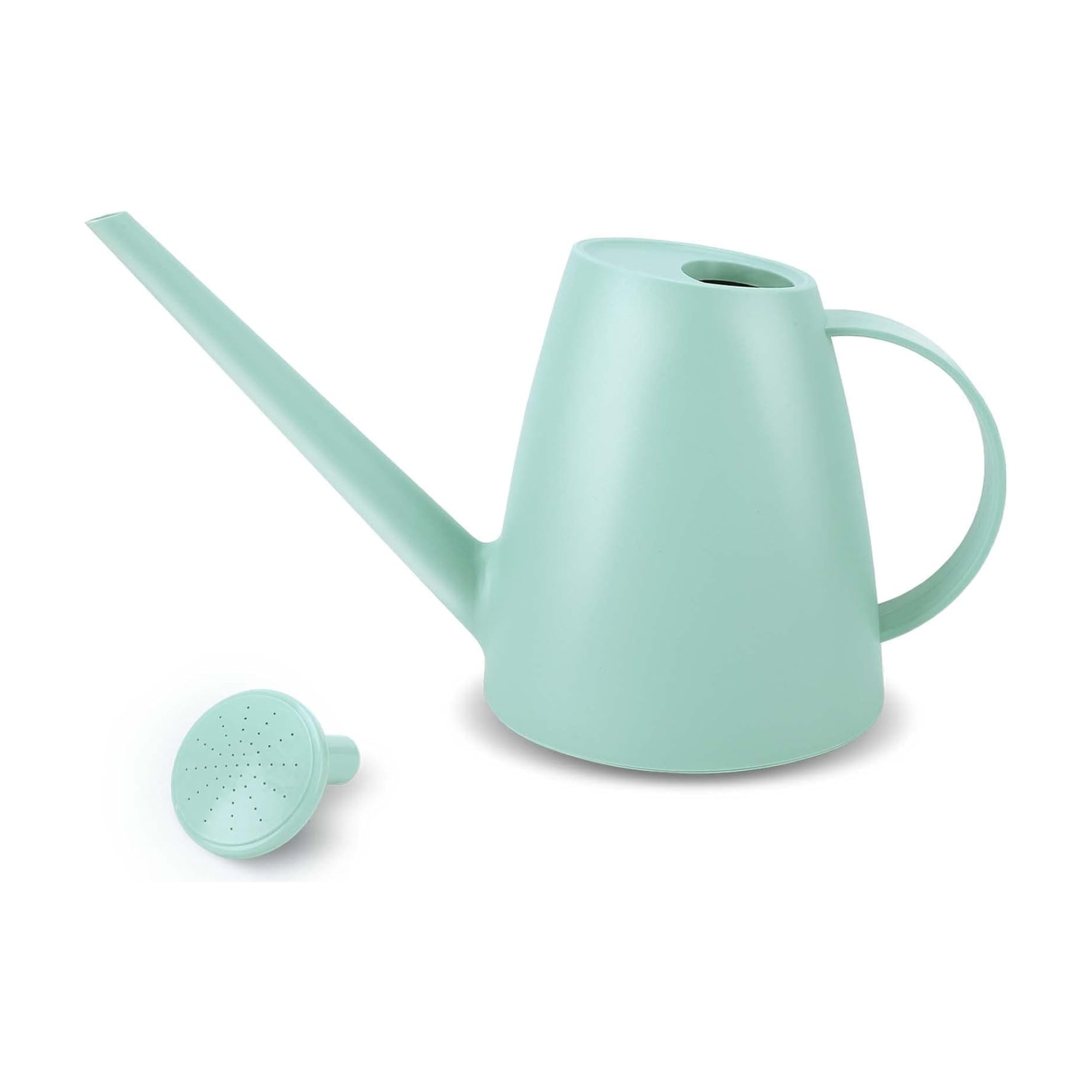
Price: $9.99
With over 7k reviews, this budget-friendly watering can is loved by customers. It comes with a detachable nozzle so you can choose a direct stream or a gentle shower.
It may be easier than you think to tend to an indoor garden. If you're a newbie to the gardening world, caring for an air plant may be your best option as these are even less management than succulents.
You may also want to add some tropical indoor plants to your succulent collection to create a jungle oasis.







